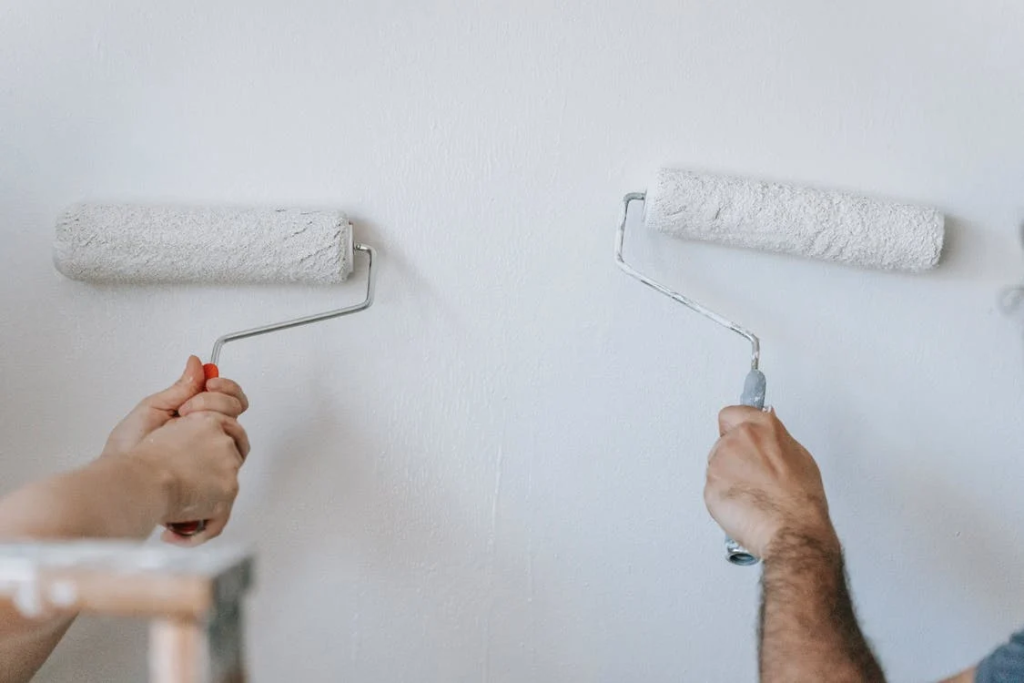
yes,painting in cold weather is possible,but not ideal. While challenging,updating your home’s exterior during colder seasons isn’t unfeasible. Before you start painting, consider the weather. Most painting happens in summer because the conditions are better for the paint to dry and adhere properly. However, sometimes life gets in the way, and summer isn’t an option. Even though paint acts differently in the cold compared to warmer temperatures, you can still paint during winter. Using the right tools and methods is key. We’ve compiled answers to common questions about painting in cold weather to help you succeed.
Can Frozen Paint Still be Used?
Water-based paint exposed to repeated freeze-thaw cycles might still be usable, but not always. If recently frozen paint is lumpy and won’t mix smoothly, its likely ruined. This indicates the emulsion has broken down, preventing proper curing. Water-based paint freezes at 32 degrees Fahrenheit due to its high water content. Oil-based paint is much more resistant to freezing.
When is it Too Cold to Paint?
Most paint brands warn against painting below 35°F. however, recent advancements in paint technology have led to acrylic latex paints suitable for exterior use even in freezing conditions, around 35°F.Look for brands with formulas designed to extend your painting season. maintaining consistent temperatures during submission ensures a more uniform finish.
What is the Right Type of paint for Cold Season?
Paints designed for lower curing temperatures typically perform better and are more reliable. Avoid paints mixed with chemicals to boost performance. Ensure the temperature stays above the recommended range throughout the entire process, not just during application. Choosing the right paint is crucial,but the paintbrush also significantly impacts the final result. As paint expands in cooler conditions, consider using brushes with nylon, polyester, or Chinex fibers instead of standard synthetic brushes.
What measures Should be Done Prior to Painting?
Even when enhancing your home, proceed with caution when painting your home’s exterior in winter. Ensure you use self-priming paint. This helps the coating stick to the surface better. If unsure about your paint’s self-priming abilities, contact professional painters for advice.
it’s crucial to consider the surface’s properties. the base needs to reach a minimum of 35 degrees Celsius for optimal performance. Experts use thermal imaging to quickly verify the base temperature. Brushes and rollers are essential during application. The paint should easily coat tools, even in cooler conditions.These paints are thicker, offering a durable, glossy finish.
